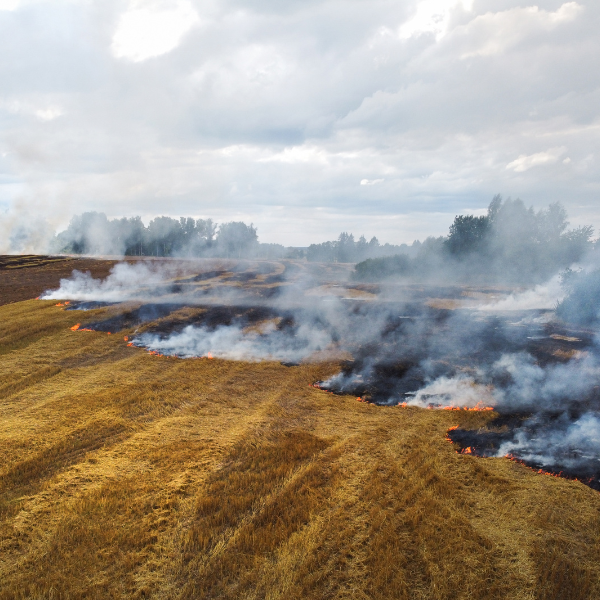Corn
Crop stalk refers to the stems and leaves of mature crops, such as wheat, rice, corn, potato, canola, cotton, and sugar cane.
After harvesting, the remaining stalks are rich in nutrients and organic matter but have historically been incinerated. Once regarded as the main cause of air pollution, this incineration is detrimental to the environment and a waste of resources.

Utilizing Corn Stalks for
Biodegradable Pulp Production
A new environmentally-friendly pulping technology has been developed, which utilizes agricultural waste as raw materials. This innovative method involves the use of specific microorganisms as inoculants, along with engineering treatment and biological fermentation processes, to decompose and oxidize components such as lignin, hemicellulose, and cellulose. The separated cellulose can then be utilized in paper.
Implementing the use of stalks in production processes achieves a “one grass and two uses” outcome. This approach addresses the issue of stalk burning.
The first aspect of this approach involves using stalk to produce high-quality paper pulp, surpassing the performance of hardwood pulp. This breaks the limitation of stalk pulp being suitable only for products like cardboard paper. Additionally, stalk pulp can be used to manufacture household paper and more.
